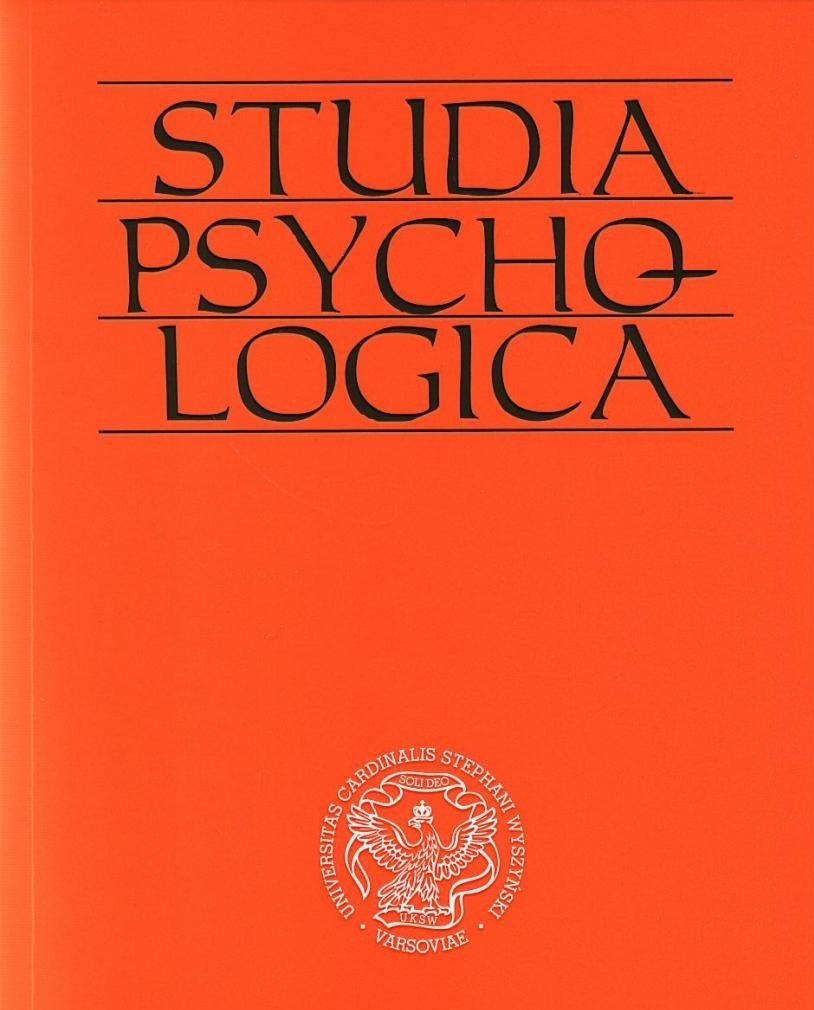Kołowy model struktury cech osobowości w ujęciu Lewisa Goldberga
THE CIRCULAR MODEL OF PERSONALITY TRAITS STRUCTURE IN GOLDBERG’S PROPOSAL
Author(s): Włodzimierz Strus, Tomasz Rowiński, Jan CieciuchSubject(s): Psychology
Published by: Wydawnictwo Naukowe Uniwersytetu Kardynała Stefana Wyszyńskiego w Warszawie
Keywords: HIERARCHICAL AND CIRCULAR ORGANIZATION OF FACETS
Summary/Abstract: The Five Factors Model of personality (Digman, 1990) is one of the most prominent taxonomies of traits. Many of the empirical studies supporting the FFM led McCrae (2009) to the comparison of the FFM to the physics of personality. However, researchers have faced some problems in relation to the FFM, both theoretical and methodological as well. The main reason of those problems could reffers to the organization of lower level personality traits.The FFM assumes the hierarchical structure of traits. It means that all five basic personality dimension have their own facets, independent from each other. the Abridged Big Five Dimensional Circumplex (AB5C) proposed by Hofstee, de Raad and Goldberg (1992) is a competitive model describing the personality traits structure as circularly organized. Lower-level traits are characterized by loadings on a subset of two of the five factors in AB5C model. Each pair of the Big Five traits shape a circle, which are located facets on (lower-level traits). This way AB5C model consists of 10 two-dimensional circumplexes that could be treated – in a metaphoric language – as a kind of “periodic table” of traits (Hofstee, et al., 1992). The article presents the main assumption of AB5C model operationalized by IPIP-45AB5C questionnaire, with the emphasis on differences between hierarchical and circular models of personality structure.
Journal: Studia Psychologica: Theoria et praxis.
- Issue Year: 11/2011
- Issue No: 2
- Page Range: 65-93
- Page Count: 38
- Language: Polish

